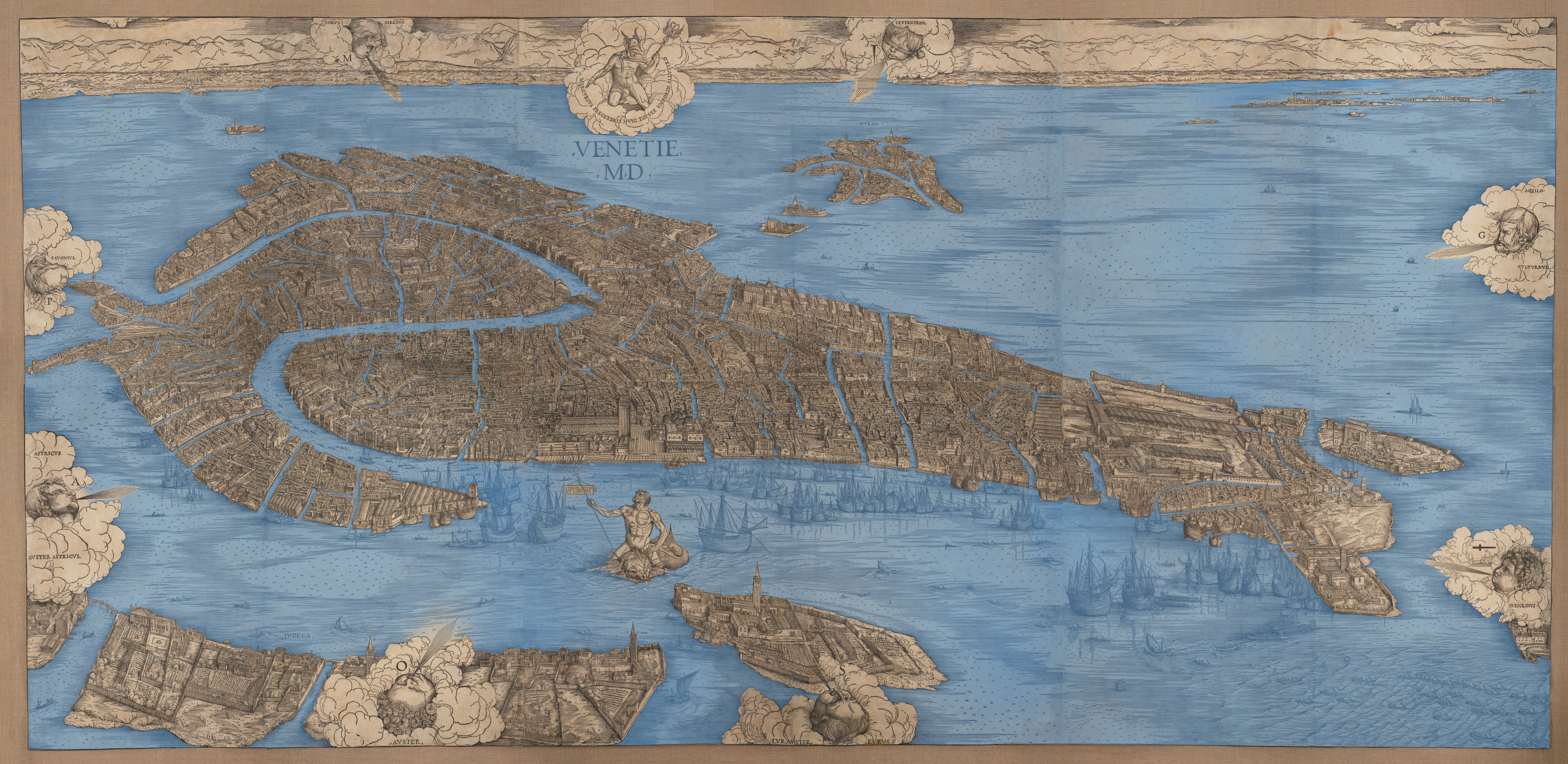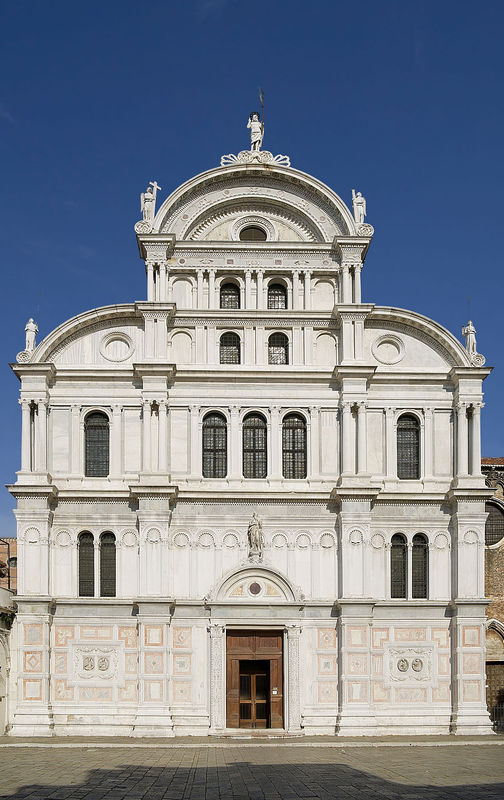Convent of San Zaccaria, by Julie James
Within the context of the Venetian Renaissance, San Zaccaria’s position as a political, social, and religious institution shaped the way the complex and the island around it evolved throughout the fourteenth and fifteenth centuries. The historical context of Renaissance Venice played an important role in developing the identity of the convent complex as it responded to multivalent political and social pressures. San Zaccaria’s long history and ties to the Venetian Republic, coupled with Renaissance conceptions of sexuality and faith in religion and its institutional power, influenced the convent over time.
Selected Bibliography:
Aikema, Bernard, Massimo Mancini, and Paola Modesti, eds. “In Centro et Oculis Urbis Nostre”: La Chiesa e Il Monastero Di San Zaccaria. Venice: Marcianum Press, 2016.
Goy, Richard J. “San Zaccaria.” In Building Renaissance Venice: Patrons, Architects and Builders c. 1430-1500, 167–89. New Haven: Yale University Press, 2006.
Radke, Gary M. “Nuns and Their Art: The Case of San Zaccaria in Renaissance Venice.” Renaissance Quarterly 34, no. 2 (2001): 430–59.
———. “Relics and Identity at the Convent of San Zaccaria in Renaissance Venice.” In Images, Relics, and Devotional Practices in Medieval and Renaissance Italy, edited by Sally J. Cornelison and Scott B. Montgomery, 173–92. Tempe, AZ: Arizone Center for Medieval and Renaissane Studies, 2006.

